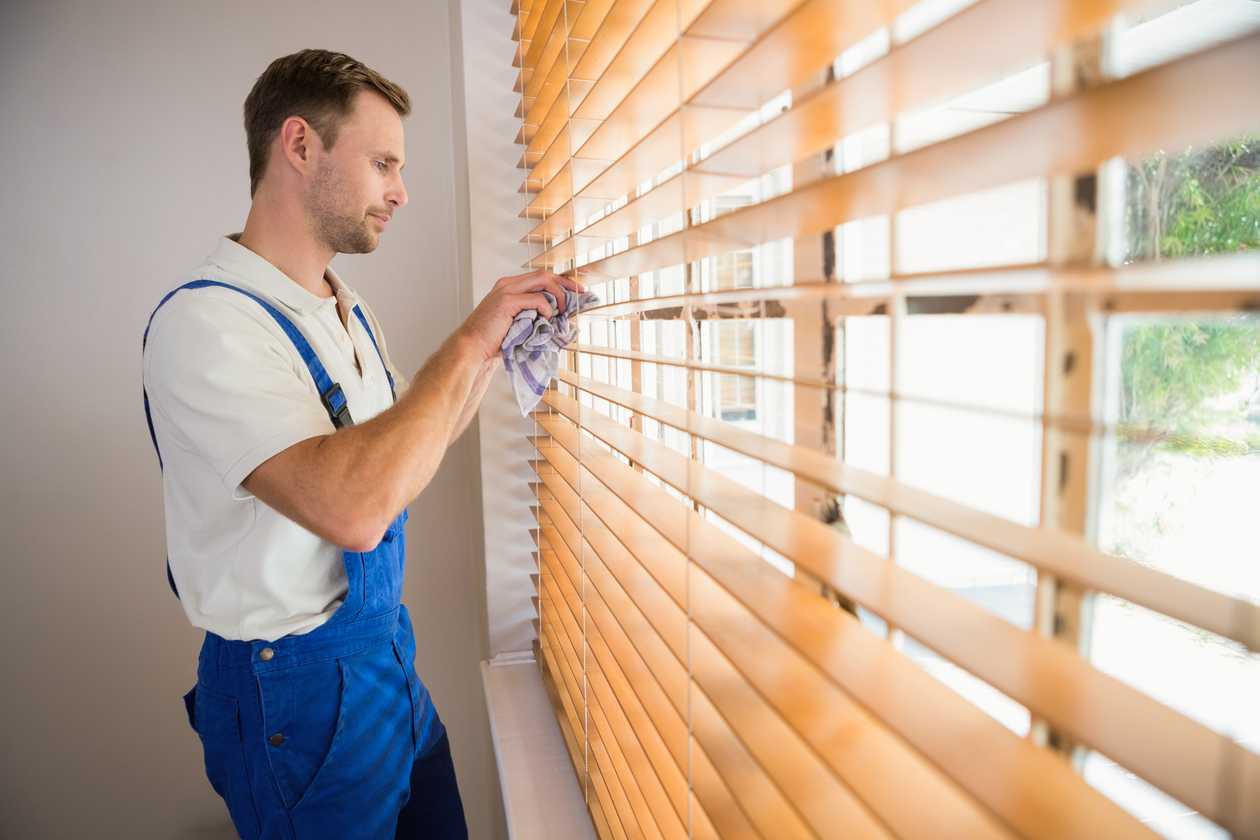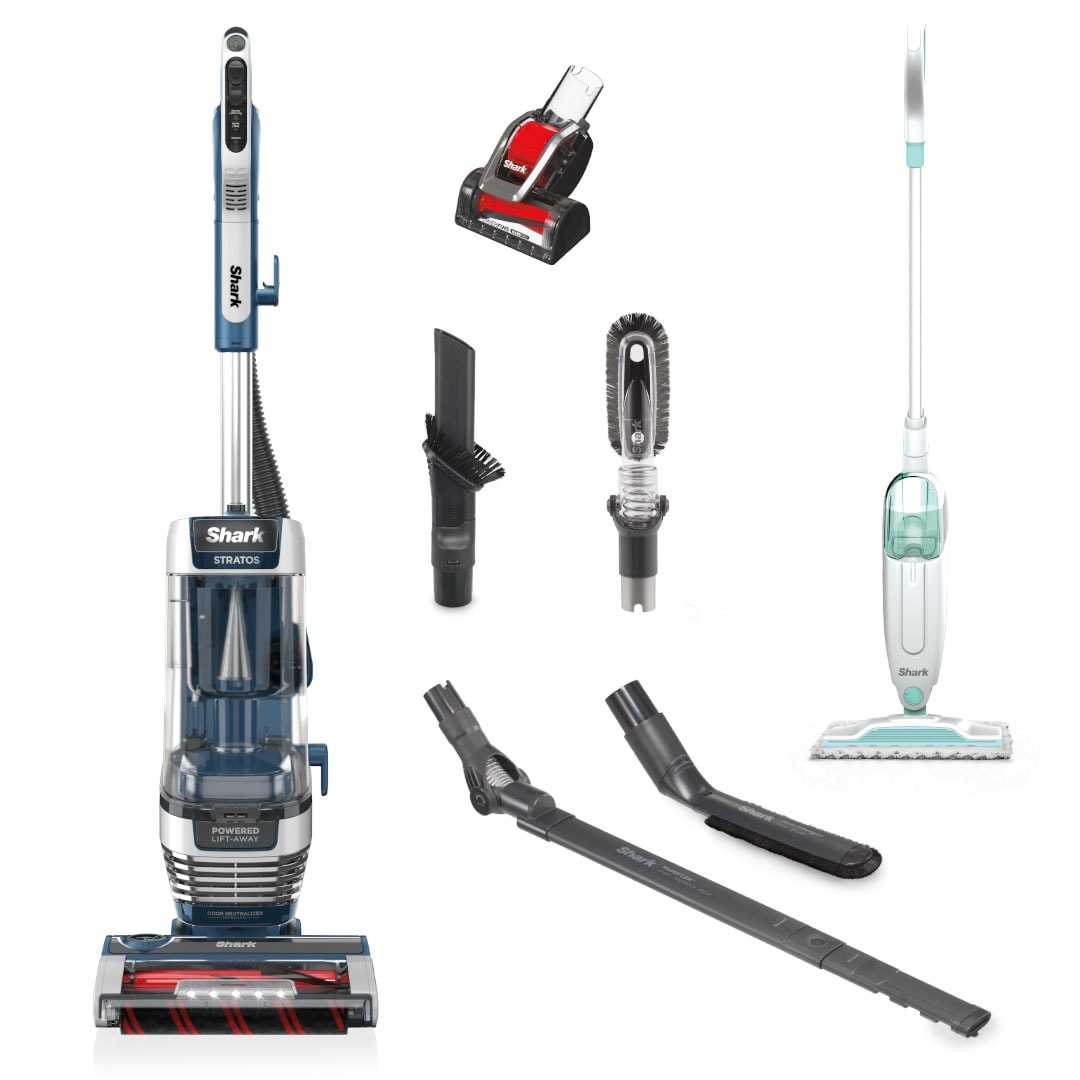Our evaluations and opinions are not influenced by our advertising relationships, but we may earn a commission from our partners’ links. This content is created independently from TIME’s editorial staff. Learn more about it.
It’s easy to overlook cleaning your window blinds, but neglected blinds are a dust magnet that will harbor allergen particles in every room of your home if you don’t dust them regularly. In addition to contributing to allergic reactions, dirty blinds are unpleasant to look at, and even if you regularly dust them, the sun’s punishing ultraviolet light may have added an ugly yellow tinge to your once-pristine blinds.
Refreshing unkempt blinds to look brand-new is a simple process, at least, and maintaining them on a weekly basis is even easier, so here’s what you need to know about restoring every set of dirty window blinds in your home:
Type of blinds
If you were to ask ten different home owners for their thoughts on the best blinds for windows, you shouldn’t be surprised if you got ten different answers. The best blinds for your space mostly depend on your budget and personal style, but here are some of the most common:
- Wood: These are gorgeous and designed for longevity,but wood blinds tend to be a pricey option.
- Aluminum: While they are similarly styled to plastic blinds, aluminum blinds are far more durable.
- Vinyl: Known for their affordability, plastic vinyl blinds are a breeze to clean and are a top pick when budgeting a home makeover with many windows to cover.
- Fabric: Available in a rainbow of colors and fabric types that allow or block incoming light, people who appreciate customizability should consider fabric blinds.
- Horizontal: Optimized for tall and narrow windows, efficient at keeping sunlight out, and a top pick for homeowners who value their privacy, it’s easy to see why horizontal blinds are a popular option.
- Vertical: It’s harder for dust to settle on vertical blinds, making them easier to maintain over time. Vertical blinds are extremely effective at letting more sun in when you want it, and expose more window surface (or sliding door) when fully opened for a better view.
- Motorized: The ability to open or close your blinds at the tap of a button is certainly convenient, but smart motorized blinds will move according to your schedule.
- Honeycomb: Also known as cellular blinds, honeycomb blinds are easy to vacuum clean, help to dampen exterior sounds, and are designed to insulate windows to keep chills and heat from inside. If you’re interested in lowering your energy bill, this style is worth your consideration.
Supplies for cleaning window blinds:
- Microfiber cloth or dusting tool
- Vacuum cleaner with soft brush attachment
- Dye-free dish soap
- White vinegar
- Bleach
- Sponge
- Rubber gloves
- Water
How to clean wood blinds
Step 1: Gently run a vacuum cleaning attachment with a soft brush head between each slat to remove most of the dust.
Step 2: Swipe the slats clean with a microfiber cloth or duster to catch any remaining dust particles.
Step 3: If you encounter stuck-on stains or grime, use a wood-safe furniture spray and wipe it away with a microfiber cloth.
Note: Never use water or harsh chemicals to clean wooden blinds, because they will easily discolor, warp, crack, or stain the wood slats.
How to clean fabric blinds
Step 1: Fully extend the blinds.
Step 2: Vacuum the entire fabric surface with an upholstery attachment on its lowest setting, or wipe the blinds down with a microfiber cloth.
Step 3: Spot-clean stains by mixing a few drops of dye-free dishwashing soap into a bowl of water, and gently wiping at trouble spots with a microfiber cloth.
Note: It may be tempting to soak fabric blinds in a tub to clean them, but submerging the slats in water may warp their shape and cause internal metal components to rust.
How to clean vertical blinds
Step 1: Wipe each slat down, from the top to its bottom on both sides, with a microfiber cloth. Or, use a vacuum cleaner with a soft brush attachment to remove dust.
Step 2: Spot-cleaning is as simple as wetting a microfiber cloth or sponge, adding a few drops of dish soap, and gently scrubbing away soiled spots. Use a dry microfiber cloth to wipe away soapy residue.
Step 3: Since there is plenty of space between their slats, you can either allow vertical blinds of air dry or pat down each slat with a dry microfiber cloth to speed up the process.
Note: Although it’s much easier to clean a set of vertical blinds while they are still hanging, you will be able to perfectly deep-clean each slat if you take them down first.
How to clean horizontal blinds
Step 1: Starting with the topmost slat, lightly run a microfiber cloth over each slat to collect dust. A vacuum cleaner with a soft brush attachment will make this task much faster.
Step 2: Spot-clean stuck-on stains and dirt by creating a solution of equal parts white vinegar and water, wetting a sponge or microfiber cloth, and lightly rubbing away the grime.
Step 3: Vacuum the floor around the horizontal blinds to clean up dust knocked to the ground while cleaning.
Note: It’s important to start with the highest slat because you will inadvertently push dust particles to lower slats as you clean.
How to clean yellowed blinds
Don’t worry if your plastic or vinyl blinds have been discolored due to countless hours of ultraviolet light exposure from the sun: It’s a quick fix to revert blinds to their original look. While you generally should not submerge your blinds in liquids, a brief soak is the route to cleaning yellowed slats.
Step 1: Place the blinds in a tub with cold water and three cups of bleach.
Step 2: Let your blinds soak in the mixture for ten minutes. Put on a pair of rubber gloves and gently rub each slat with a microfiber cloth or sponge to clean them while they soak.
Step 3: Drain the tub, completely rinse the blinds, and lay them on a flat surface to dry.
Note: If this technique doesn’t help your severely discolored blinds, it may be time to buy a new window covering.
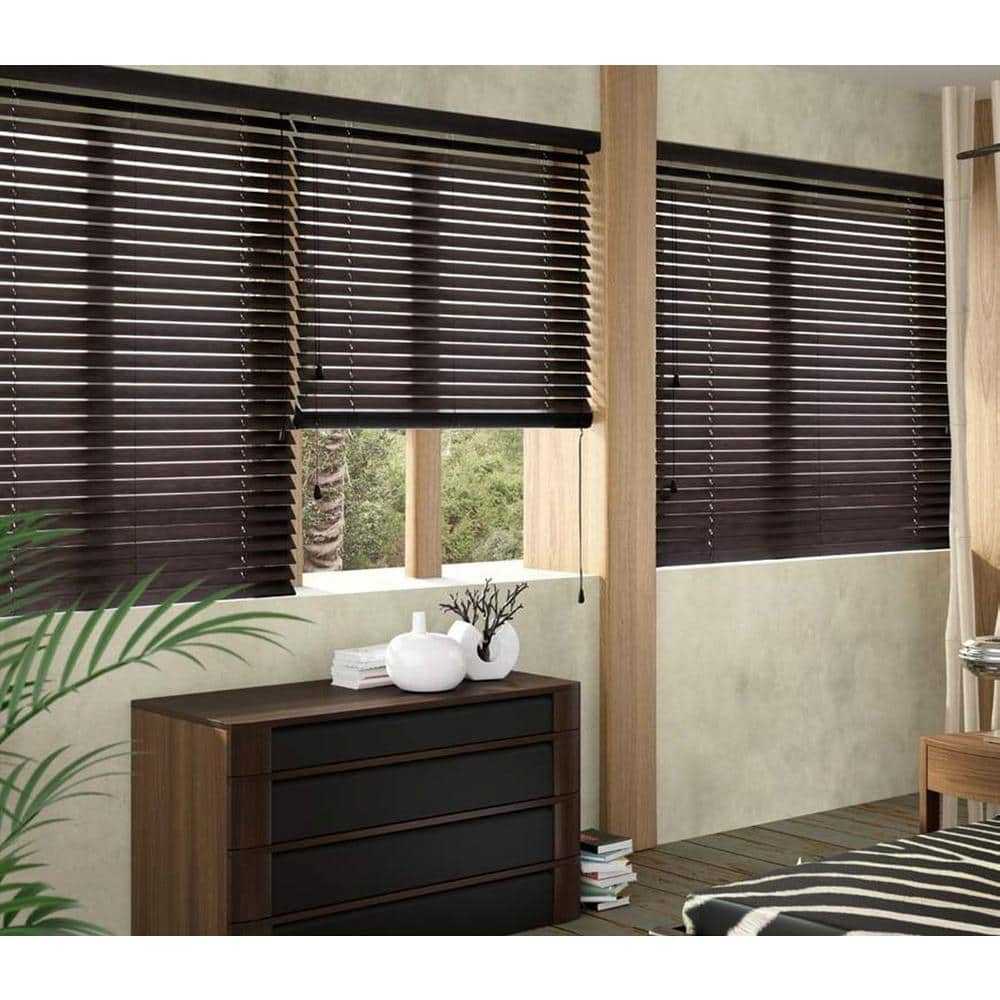
Designer 2 in. Wood Blinds, Custom
Can you clean blinds while they’re hanging?
It’s surprisingly simple to clean your blinds while they’re hanging in your window, so much so that you’ll have no problem integrating these steps into your weekly cleaning schedule:
Step 1: Open the blinds and use a vacuum cleaner on its lightest setting, with a soft brush attachment, to suction away the vast majority of the dust and dirt. Gently move the brush head between each slat to effectively clean as you go.
Step 2: Lightly wipe a microfiber cloth or duster along tiny crevices and other awkward areas that your vacuum could not reach, to collect any remaining dust.
Step 3: Don’t forget to run the vacuum cleaner underneath, to pick up any dust you knocked onto the floor while cleaning, so you don’t inadvertently track it through your home.
When should you replace your blinds?
A well-made set of blinds should last around ten years or so before needing to be replaced, but if you see any of the following, you might want to consider upgrading earlier:
- Unsightly, broken, or bent slats that don’t easily open or close.
- Frayed cords, severely discolored slats, or difficulties with adjusting the blinds due to worn or broken internal mechanisms.
- You’re installing new windows, and the old blinds don’t fit quite right, or don’t fit your home’s style since you first installed them.
How do I dry and maintain blinds after cleaning?
Leaving water or a cleaning solution to pool on your blind’s slats may result in ugly spotting, streaks, or an annoying mess when it eventually dribbles down onto your mattresses or couches. Prevent this by lightly wiping down each slat with a dry towel or microfiber cloth if you’re spot-cleaning your blinds.
If you soaked a set of blinds in a tub, it’s best to air-dry them by laying them on a flat surface outside. Run a dry cloth over them after a few hours to catch any lingering moisture before you rehang them.
Can I use a vacuum cleaner to clean blinds?
A vacuum cleaner is both the easiest and most effective way to clean window blinds, especially if you own vertical, wooden, or metal blinds.
Be sure to use the vacuum cleaner on its lightest setting, utilize a tool with a soft brush head, then gently run the brush over the closed blinds. When one side is dusted, flip the blinds over and vacuum the other side.
Is there an effective homemade solution for cleaning blinds?
If you’re not a fan of using harsh chemicals around your home, there is an easy DIY solution for washing away the most persistent dust and stains from metal and vinyl blinds.
Pour an equal mixture of water and white vinegar into a bowl, dab a microfiber cloth into the solution, and lightly wipe it along each slat to effortlessly wash away dust, pet hair, and dirt.
Common mistakes to avoid when cleaning blinds
It’s easy to clean and maintain a set of beautiful blinds, but unfortunately, it’s just as easy to irreparably damage your blinds as well. Avoid doing any of the following:
- Spot-cleaning blinds with a dyed dish soap may actually create a new stain.
- Furniture cleaners that contain oil may leave streaks behind, and that oily residue makes it easier for grimy and dusty stains to take hold.
- Be careful when hand-dusting, as too much pressure may bend or snap fragile slats.
- Don’t allow water or cleaning products to pool on slats, as this may cause unsightly stains or spotting.
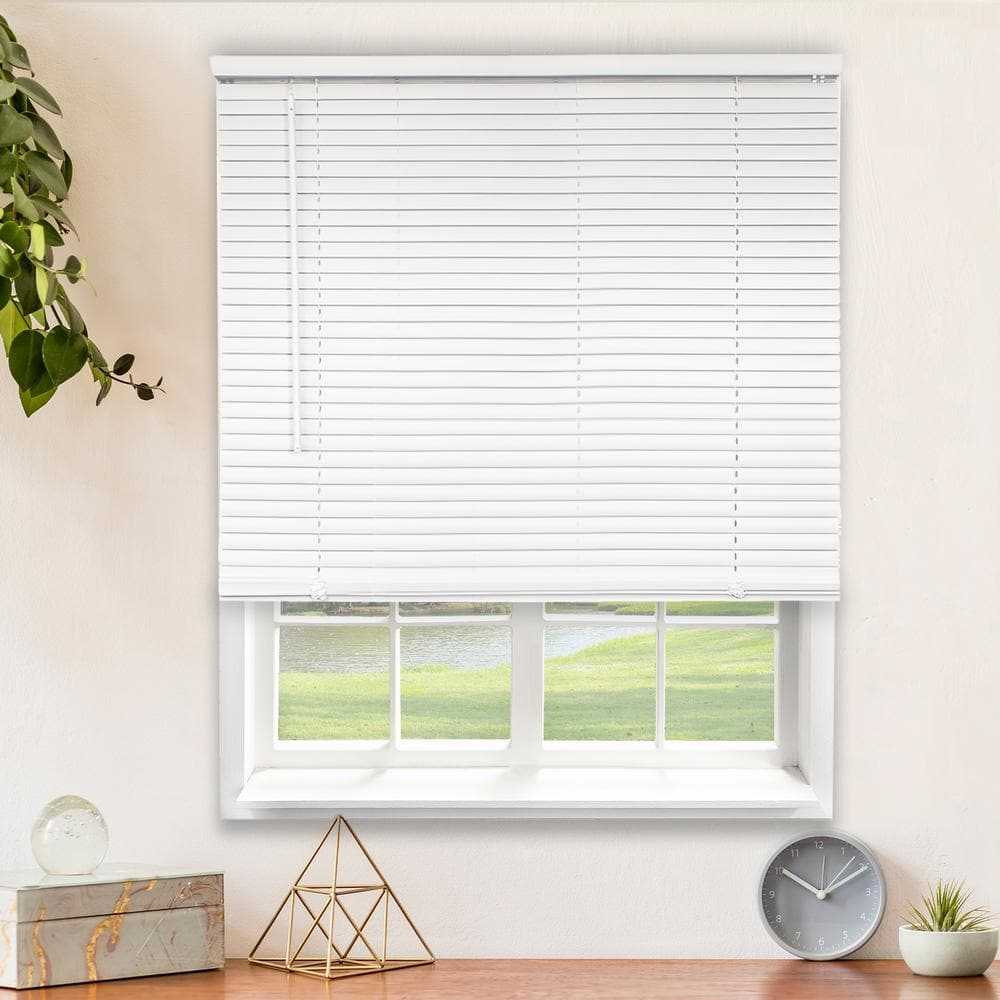
White Cordless Room Darkening Vinyl Mini Blind with 1 in. - 29 in. W x 48 in. L
Frequently asked questions (FAQs)
How can I remove stubborn stains from blinds?
Caked-on grime and dirt can be difficult to clean from neglected blinds, unless you know the best techniques. Mix a solution of warm water, dye-free dish soap, and a teaspoon of baking soda in a bowl. Wet a microfiber cloth with the solution, then wipe away at the stain until it fades.
If your aluminum or plastic blinds are covered in persistent stains, it may be easier to soak them in a tub filled with cold water and three cups of bleach. Wait ten to 20 minutes, put on a pair of rubber gloves, and lightly scrub away the loosened stains with a microfiber cloth or sponge.
Can I use bleach or harsh chemicals to clean blinds?
That depends on the sort of blinds you own. Hash chemical cleaners and bleach will easily damage wooden or vinyl blinds.
However, if you own plastic or aluminum blinds, soaking them in a bathtub with cold water and three cups of bleach is an efficient way to whiten yellowed or stained blinds. After a ten to 20 minute soak, put on protective rubber gloves and wipe down each slat with a microfiber cloth or sponge to clear away any persistent stains. Place the blinds on a flat surface outside, or in a well-ventilated area, until they are completely dry before hanging them again.
Can blinds be machine washed?
Absolutely not. Although it’s obvious that you can’t machine wash vinyl, wood, or metal blinds, it may be tempting to try and put fabric blinds through the washer, but it’s best to vacuum them on the lightest setting for regular maintenance.
Fabric blinds are easily spot-cleaned with a combination of liquid dish soap, water, and a little baking soda. Mix them together, moisten a microfiber cloth with the solution, and dab at stains with the cloth until they disappear.
How do I prevent dust buildup on blinds?
Lightly dusting your blinds with a handheld microfiber duster, or vacuuming them once a week or every other week, will ensure that dust doesn’t have a chance to pile up. This will help your blinds to last longer in the long run.
5 top-rated products for spotless blinds
Seventh Generation Dish Soap
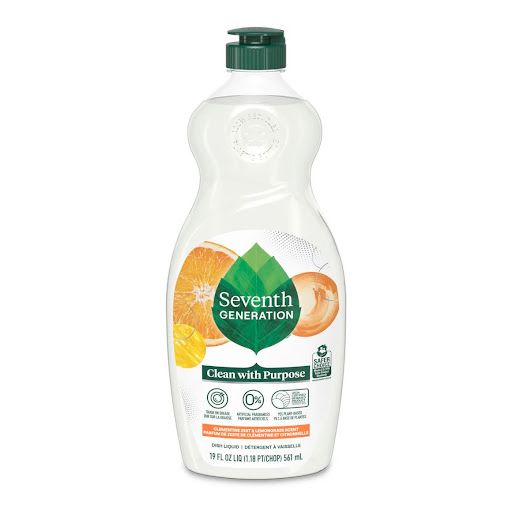
Price: $3.49
This dye-free, phosphate-free, and triclosan-free plant-based, alternative dish soap will make short work of deep stains and is overall better for your hands.
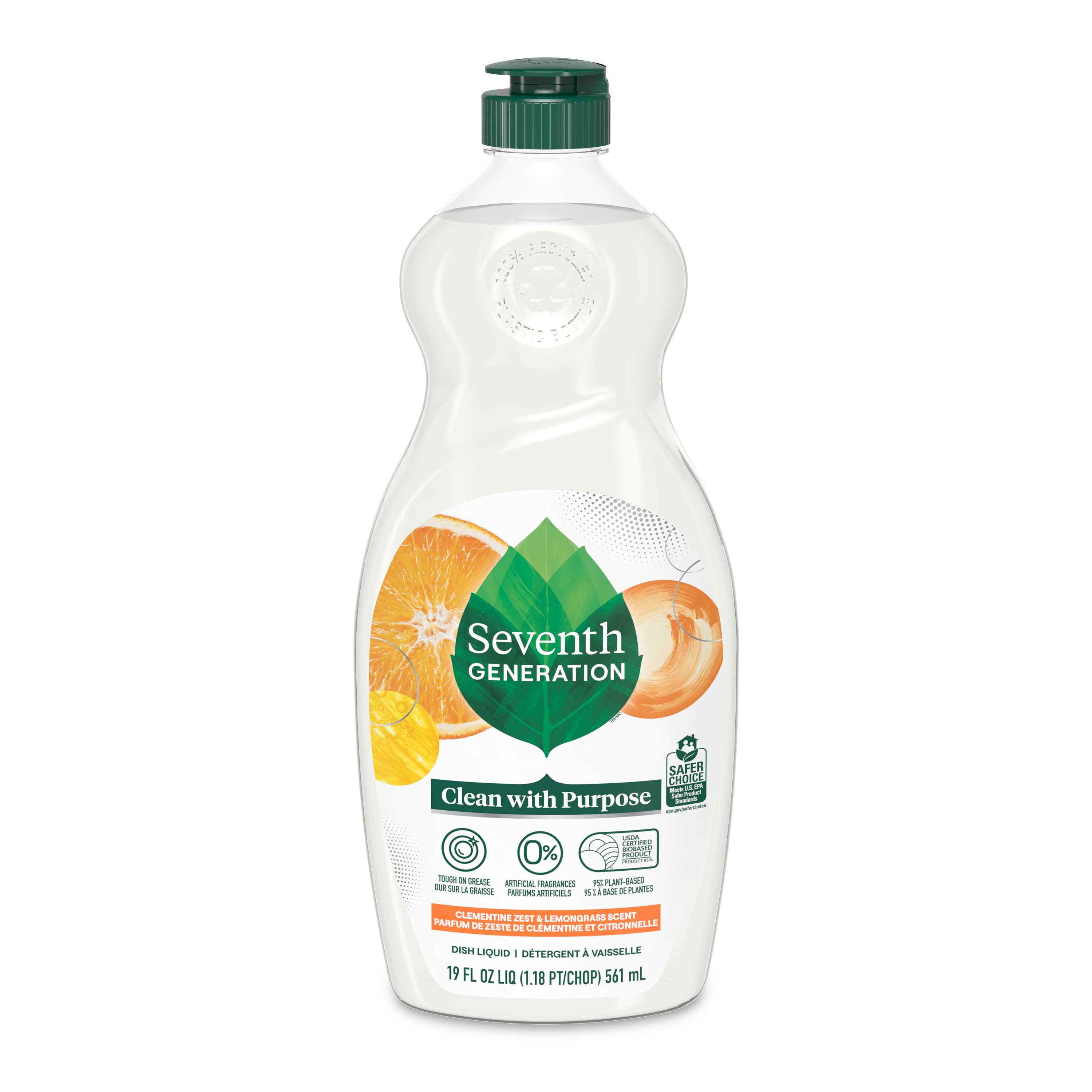
Seventh Generation Dish Soap
HDX Microfiber Mini Blind Duster
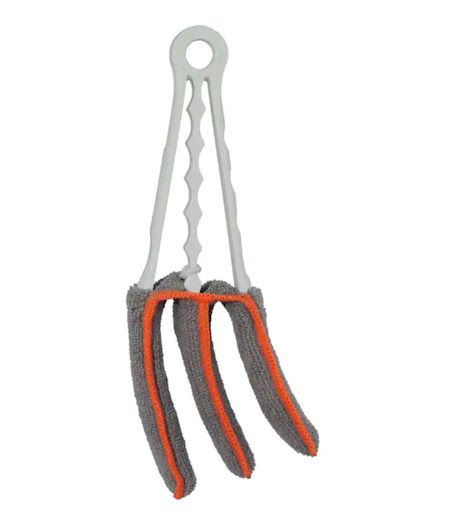
Price: $6.97
This innovatively designed dusting tool sports three microfiber-wrapped arms, that make cleaning multiple slats at once a snap.
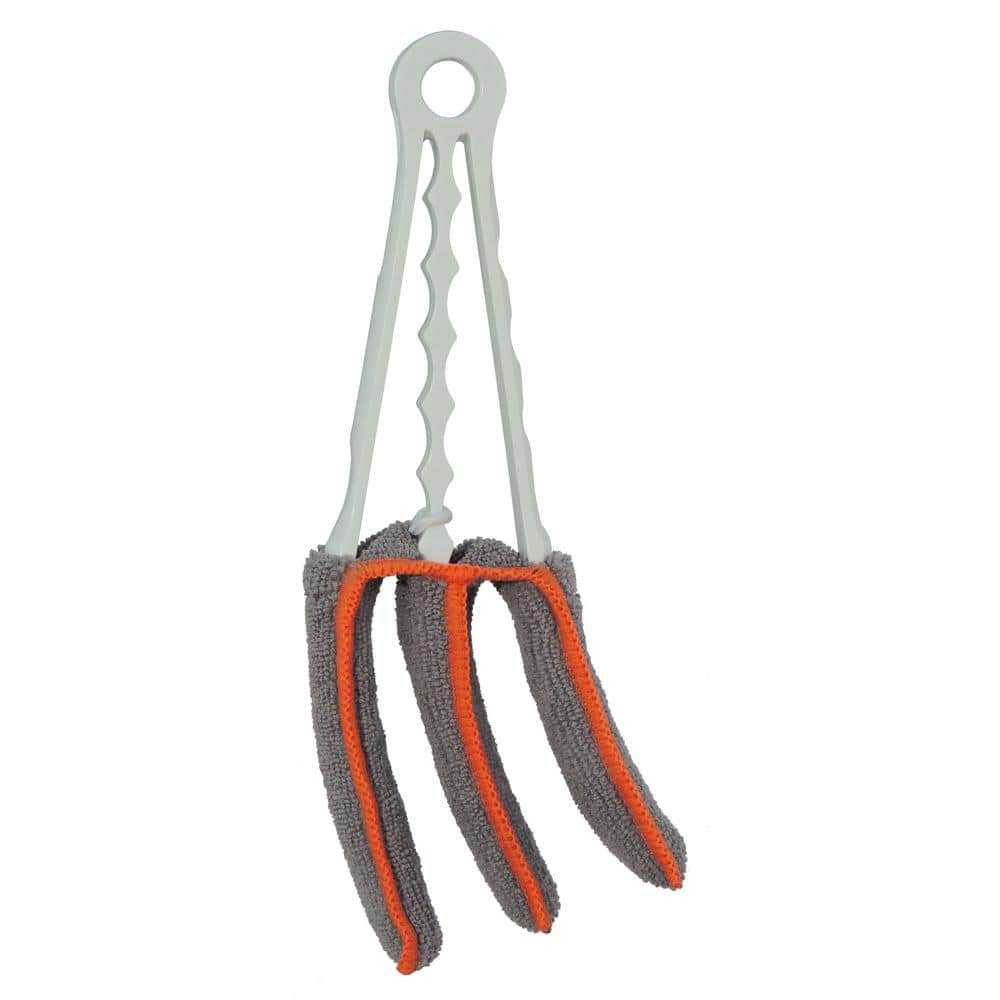
Microfiber Mini Blind Duster
Swiffer Super Extendable Dusting Kit with Heavy Duty Refills
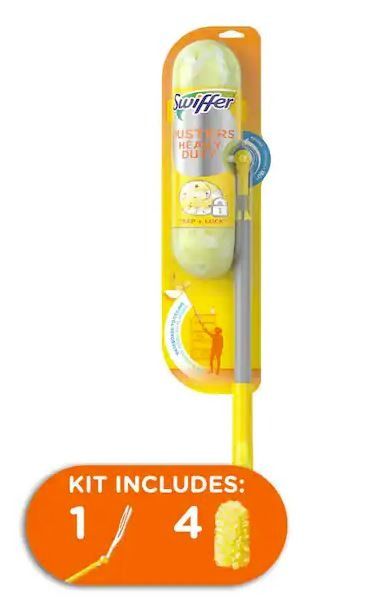
Price: $16.97
This versatile duster easily snatches up dust, dander, and pet hair from your blinds, and its extendable handle makes cleaning everything from baseboards to ceiling fans a breeze.
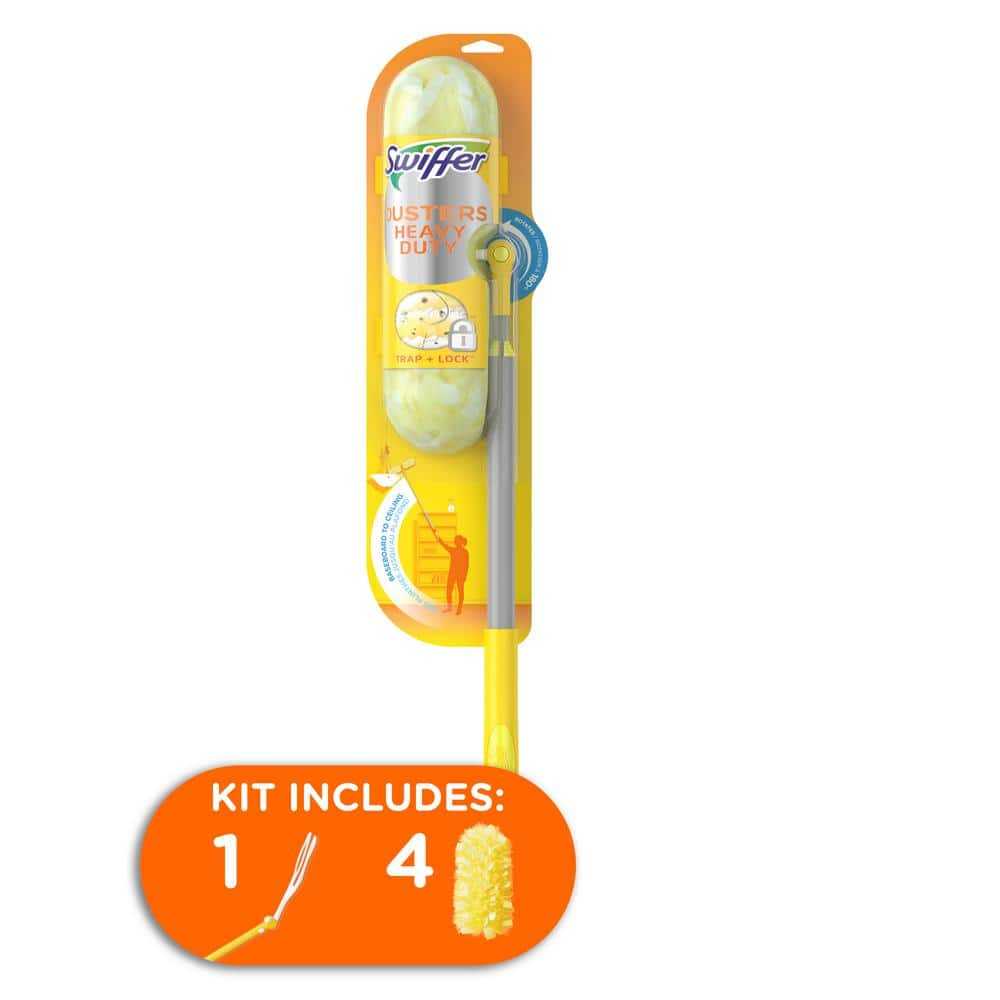
Super Extendable Dusting Kit with Heavy Duty Refills (1-Handle, 4-Dusters)
Dyson Ball Animal 3 Complete Upright Vacuum
Price: $399.99
This powerful vacuum cleaner’s washable HEPA filter, easy-to-empty bagless design, and collection of 10 included tools makes it a top pick for clearing out the dust from your home. This particular model also collects and detangles any pet hair you may pick up while cleaning.
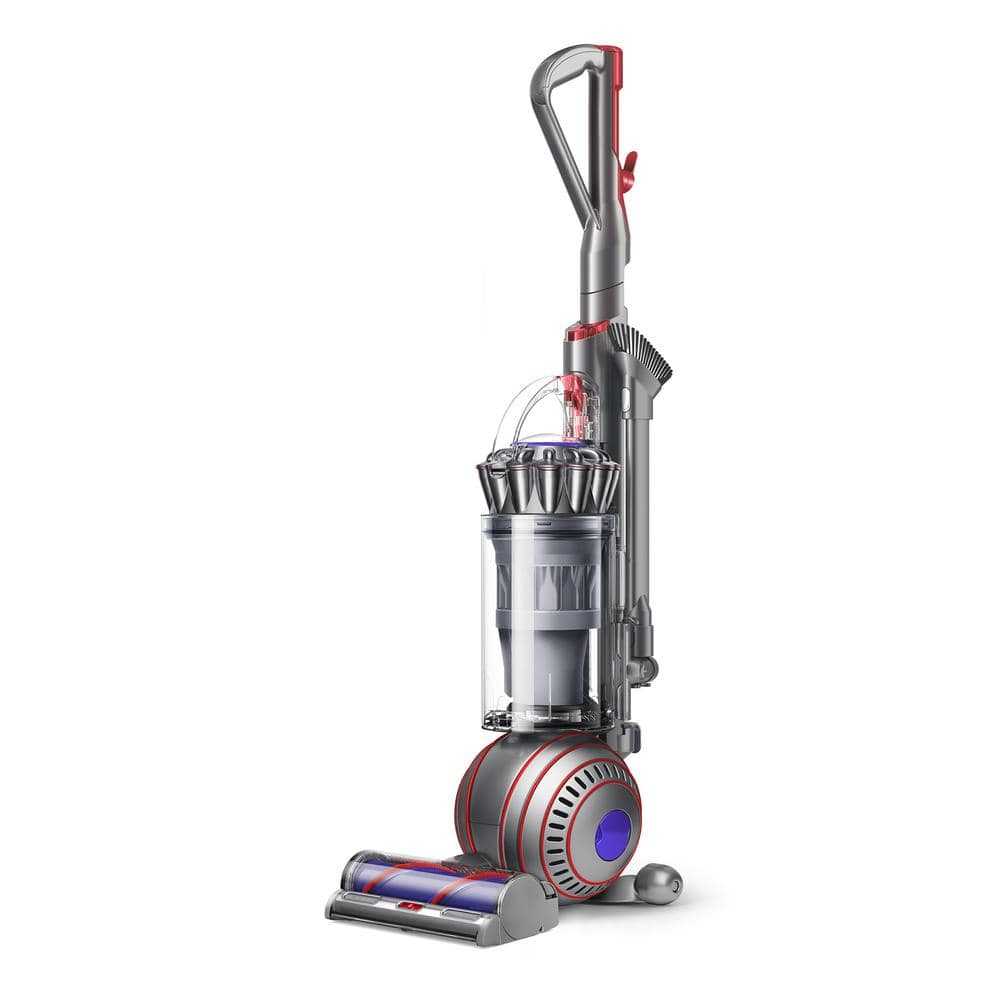
Ball Animal 3 Upright Vacuum Cleaner
Shark Stratos Upright Vacuum
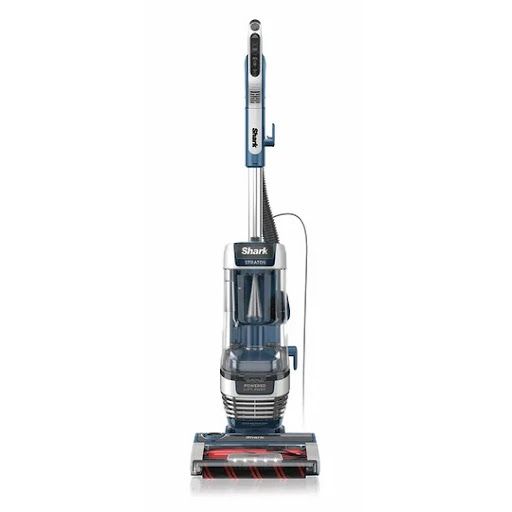
Price: $499.99
Allergy-sufferers should consider cleaning their blinds and every surface of their home with this model, since it was specifically designed to efficiently collect dust, hair, and other allergens.
The information presented here is created independently from the TIME editorial staff. To learn more, see our About page.

